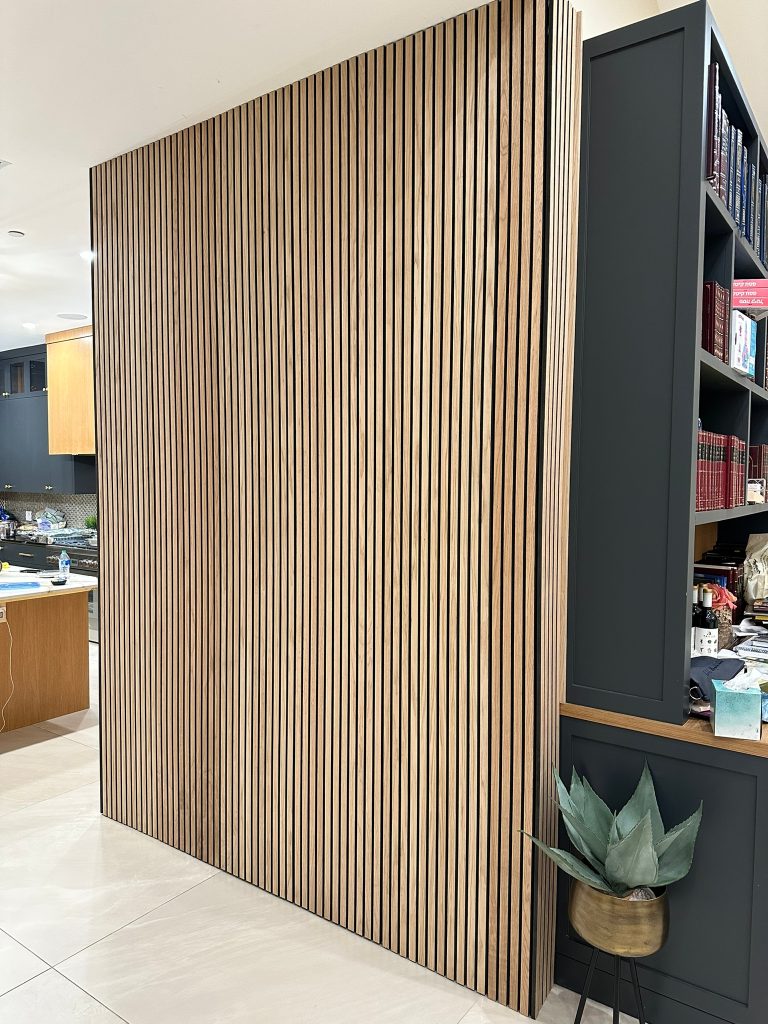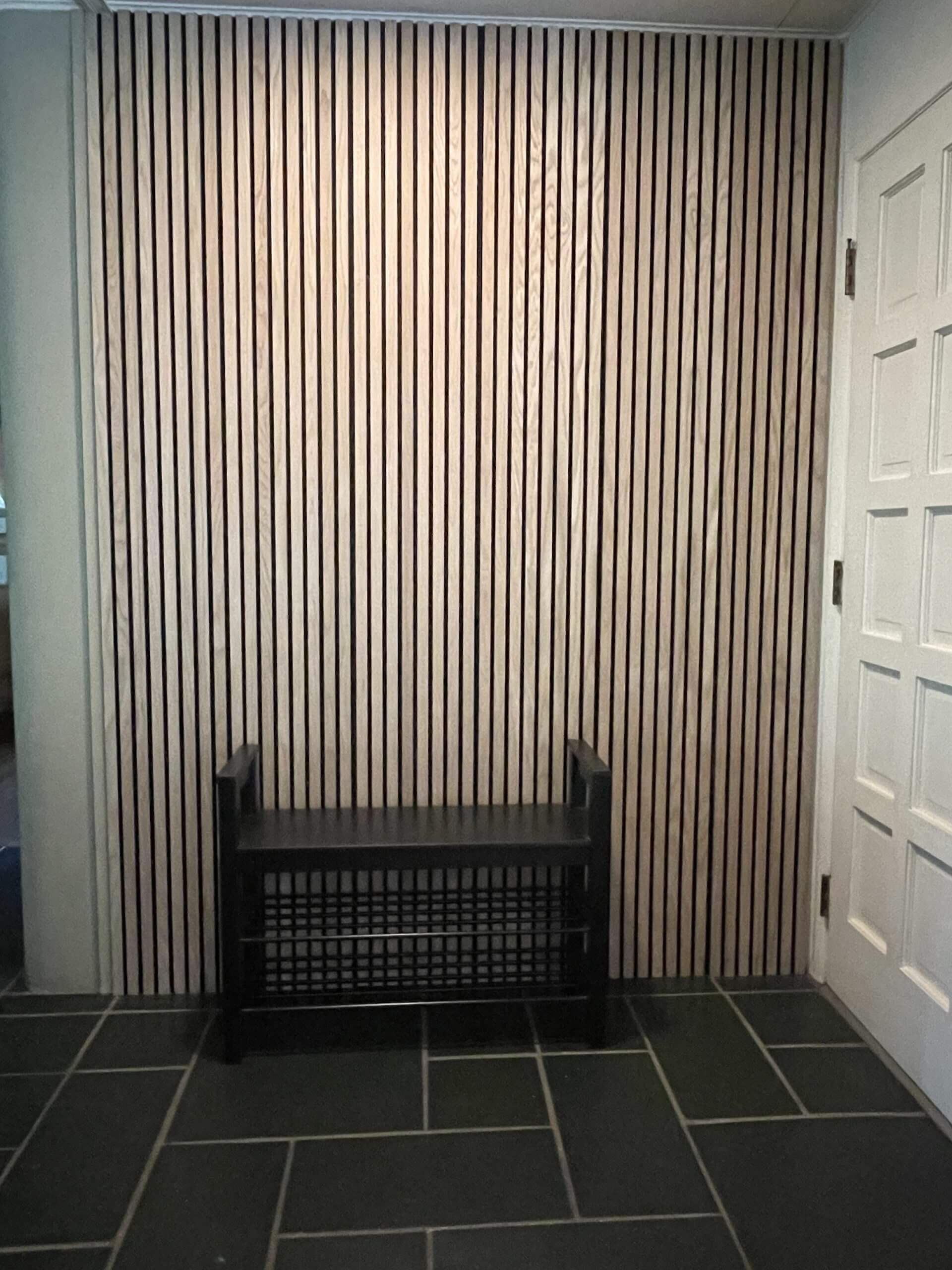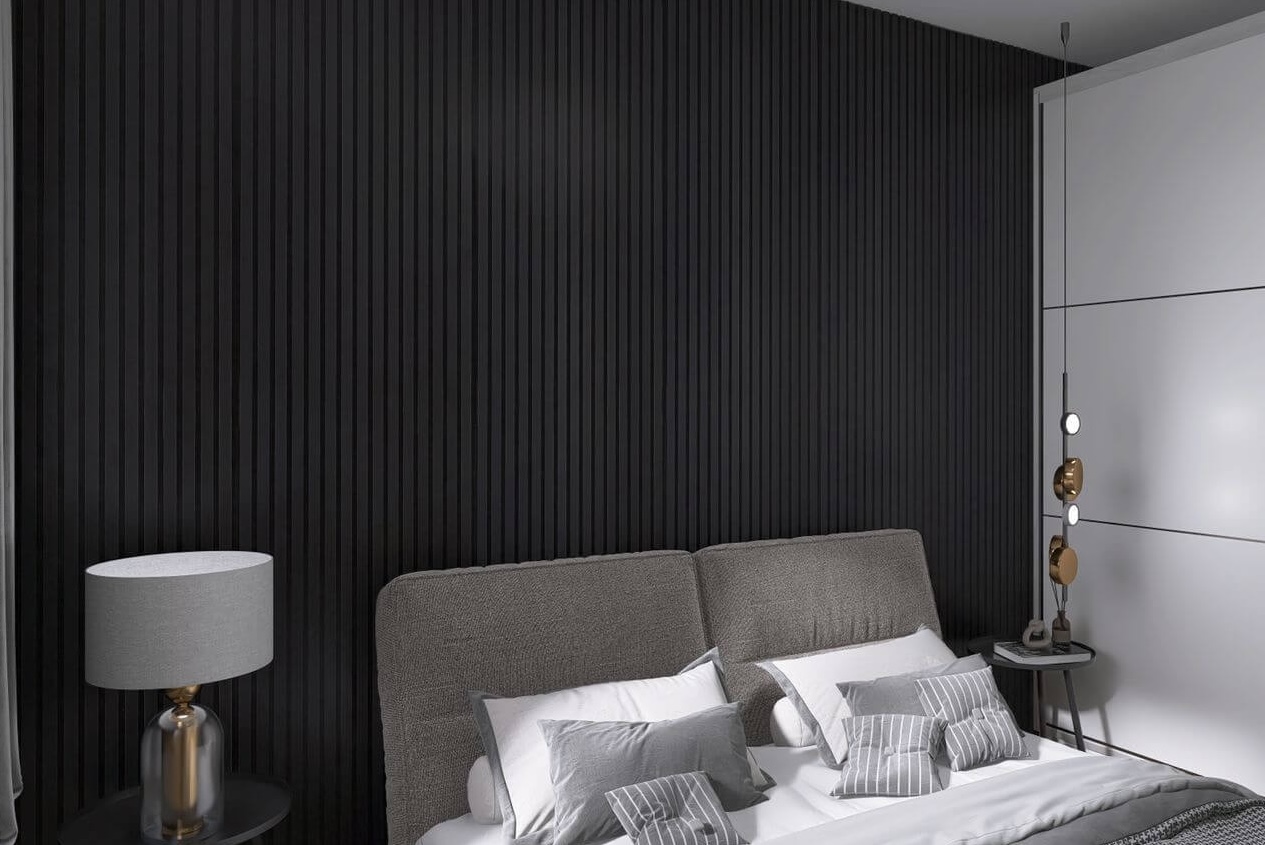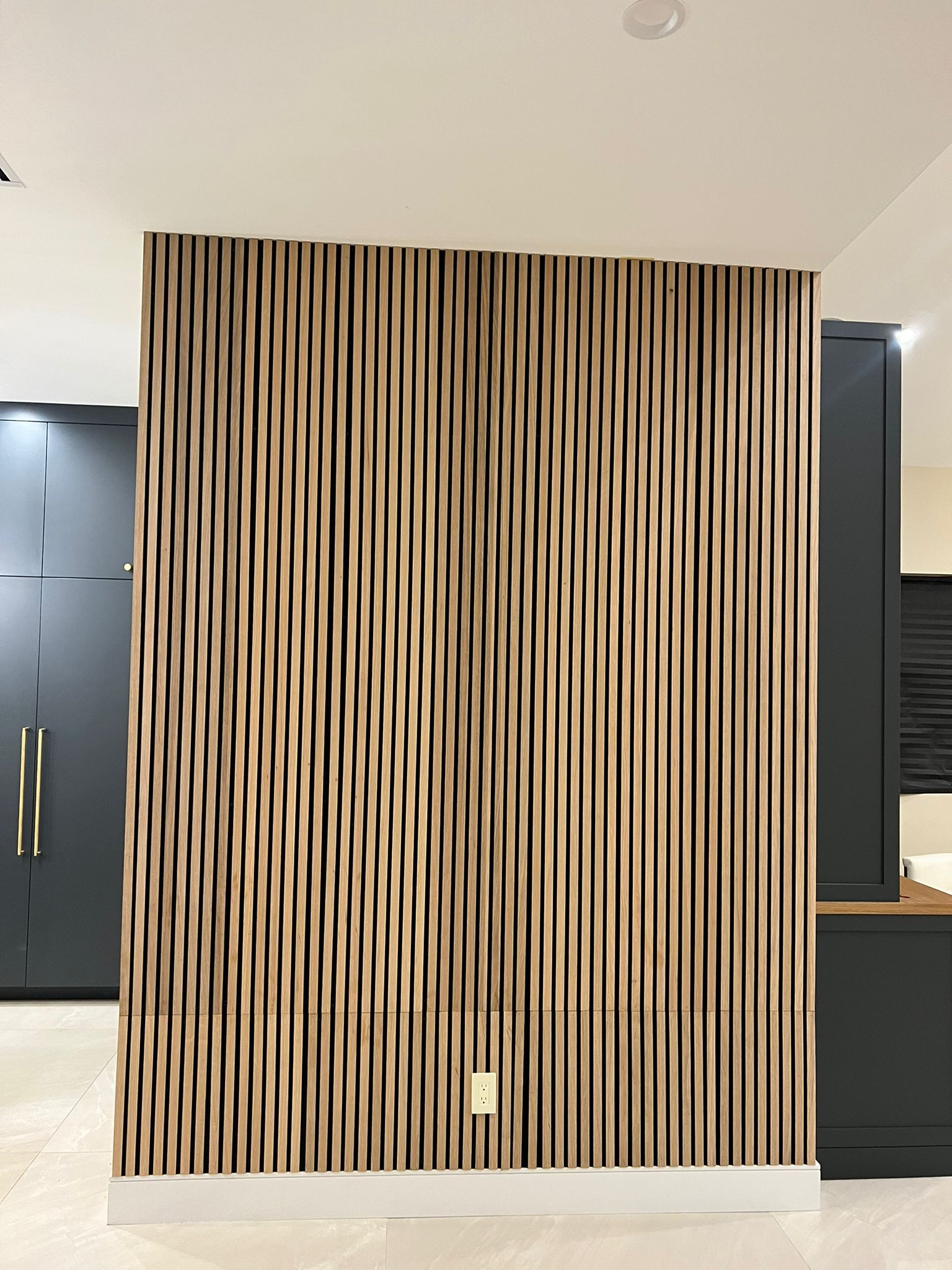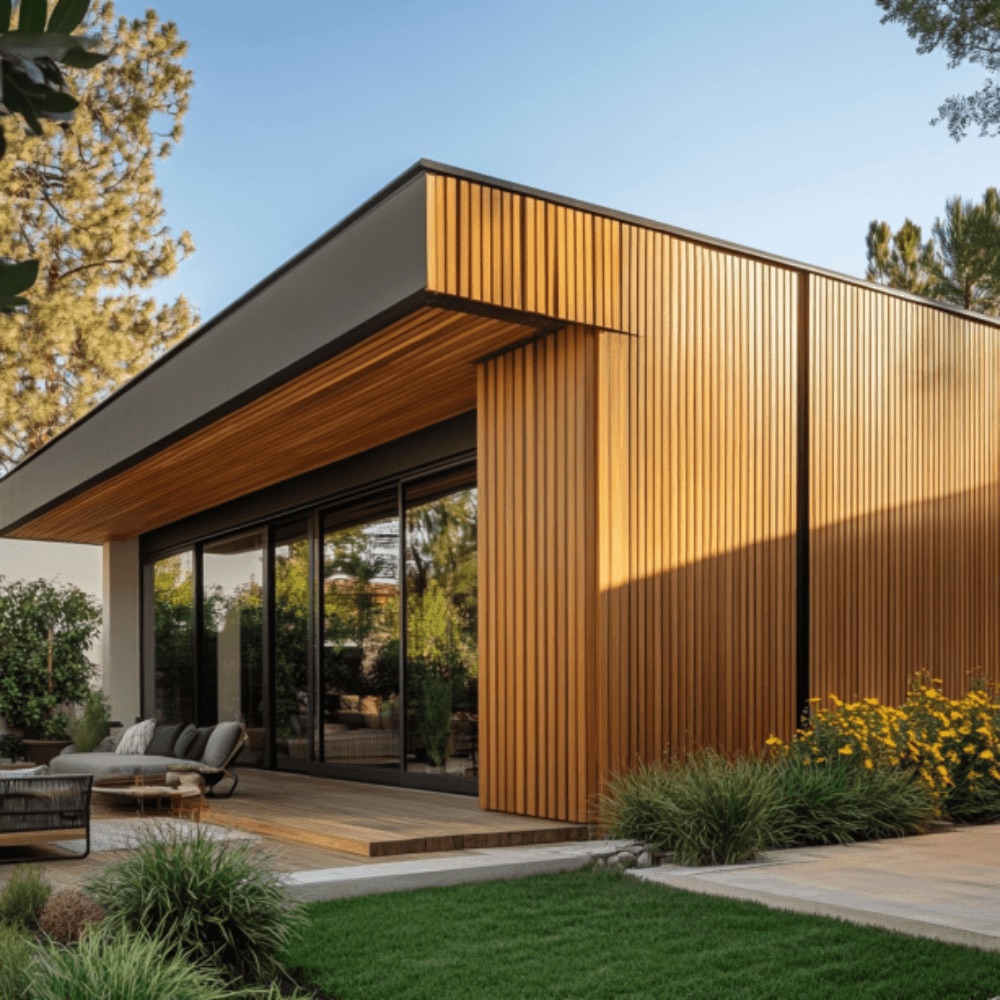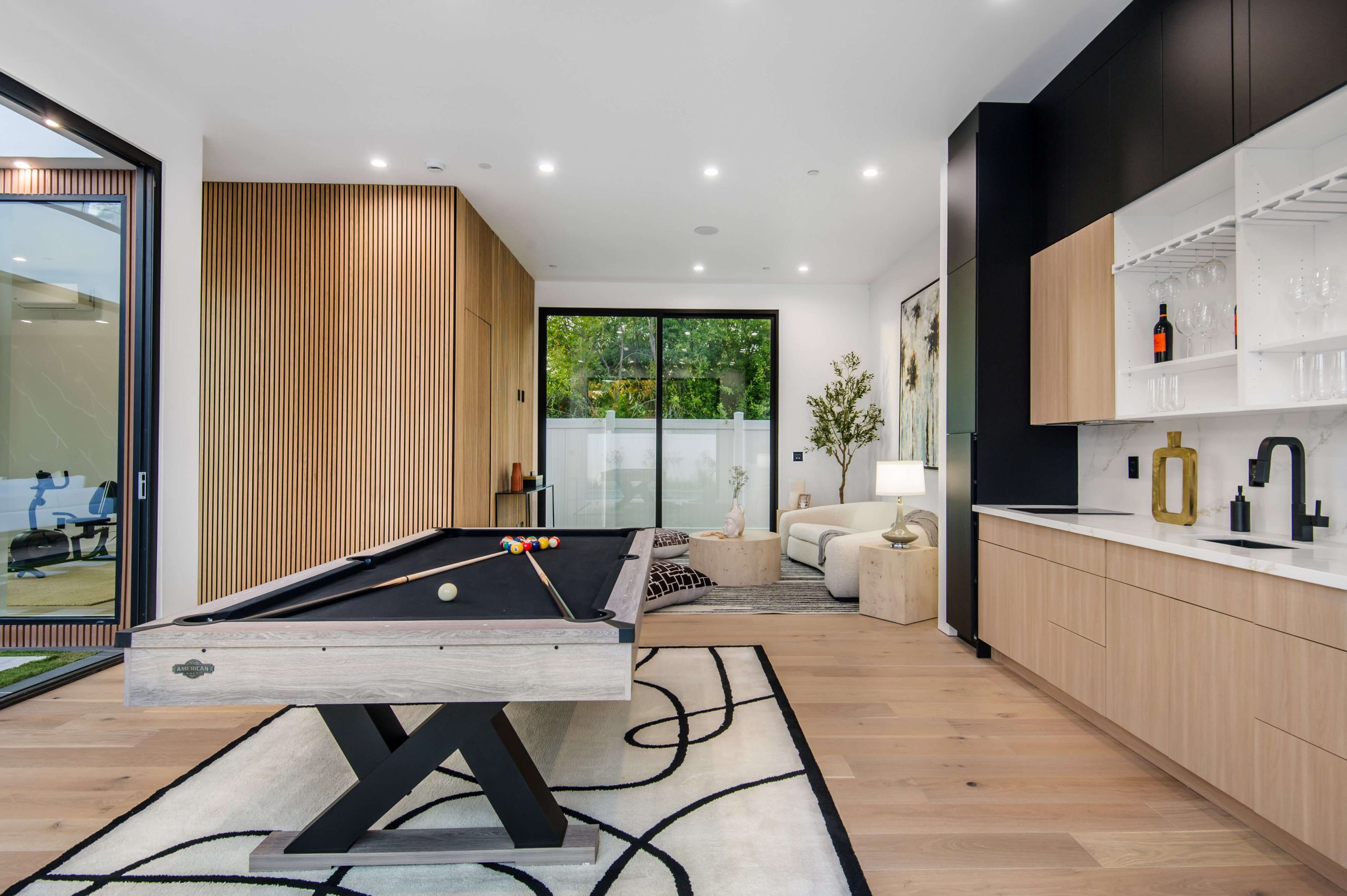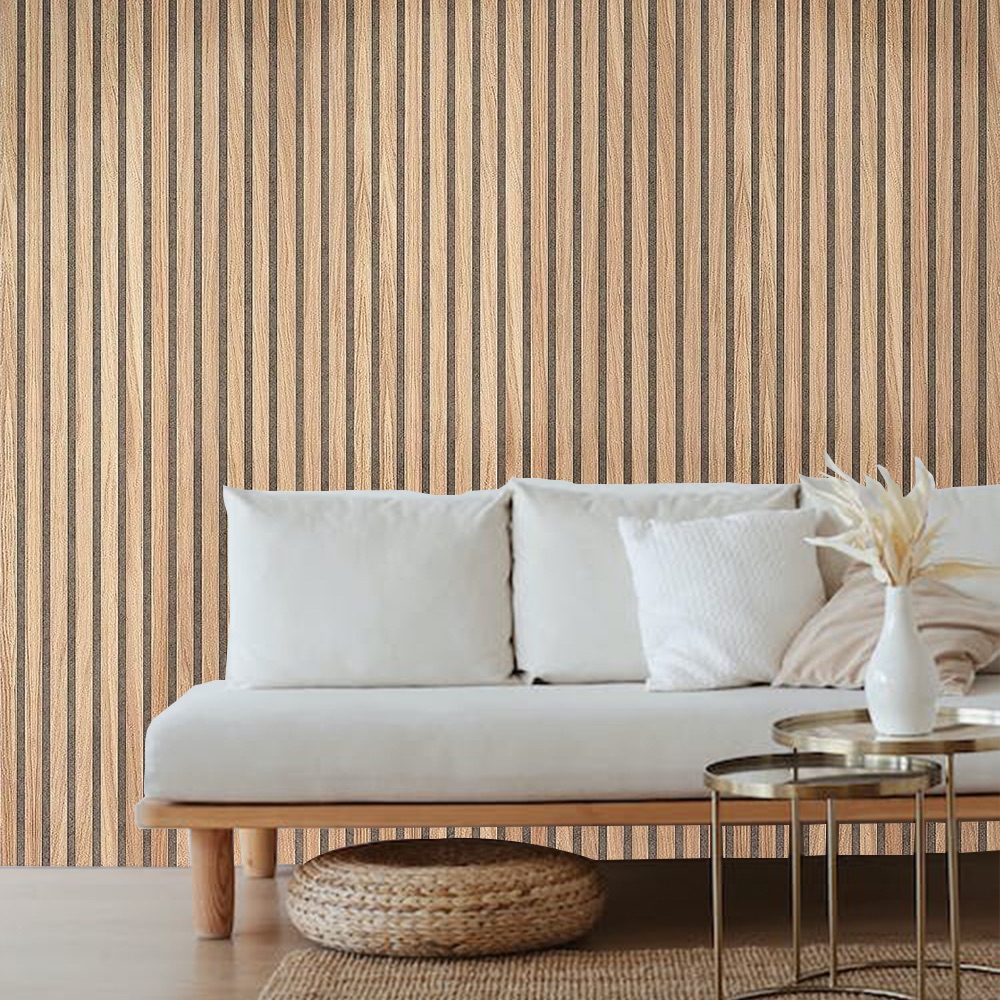PVC wall panels have become increasingly popular for their affordability, versatility, and ease of installation. They are often marketed as a modern solution for wall and ceiling coverings, especially in wet areas like bathrooms and kitchens. However, while PVC wall panels have their perks, they aren’t without flaws. Understanding the disadvantages of PVC wall panels can help homeowners and professionals make informed decisions before choosing this material.
Limited Durability Over Time
One of the most significant disadvantages of PVC wall panels is their limited durability compared to more traditional materials like wood or tiles. Although they can resist moisture and are relatively lightweight, they are not built to withstand heavy impacts or long-term wear and tear. Over time, PVC panels may crack, warp, or lose their structural integrity, especially in areas prone to high traffic or frequent physical contact.
- PVC panels are susceptible to scratches and dents, making them unsuitable for spaces where durability is a priority.
- Unlike wood or stone, they lack the robustness needed for heavy-duty applications.
- Replacing damaged panels can be tricky, as matching colors or patterns might prove challenging.
For homeowners looking for a long-lasting solution, this can be a dealbreaker. While PVC may seem like a cost-effective choice initially, the replacement and maintenance costs could add up over the years.
Lack of Aesthetic Appeal for Premium Spaces
PVC wall panels may provide a clean, uniform look, but they often fall short when it comes to achieving a high-end aesthetic. Many homeowners and designers consider them less appealing than materials like wood, natural stone, or ceramic tiles. PVC panels often have a plastic-like appearance that doesn’t replicate the warmth and authenticity of natural materials.
- Patterns and textures on PVC panels are usually printed, which can make them look artificial up close.
- They lack the intricate detailing and craftsmanship that traditional materials can offer.
- For premium spaces like living rooms or dining areas, PVC panels might detract from the overall ambiance.
This disadvantage of PVC wall panels is especially relevant for homeowners seeking a sophisticated or luxurious finish for their interiors.
Environmental Concerns and Toxicity
PVC (polyvinyl chloride) is a synthetic material, and its production raises environmental and health concerns. The manufacturing process of PVC involves chemicals that can release toxins into the air and contribute to environmental pollution.
- PVC panels are not biodegradable, which means they contribute to landfill waste once disposed of.
- Burning PVC releases harmful chemicals, including dioxins, which are highly toxic and can cause health problems.
- Some lower-quality PVC panels might off-gas volatile organic compounds (VOCs), especially when newly installed, posing potential indoor air quality issues.
Eco-conscious homeowners and businesses may find this one of the most compelling reasons to avoid PVC wall panels.
Susceptibility to Heat Damage
Another notable disadvantage of PVC wall panels is their vulnerability to heat. PVC is a thermoplastic material, which means it can melt, warp, or deform when exposed to high temperatures.
- Installing PVC panels near heat sources such as stoves, fireplaces, or industrial equipment is not recommended.
- Direct sunlight over prolonged periods can also cause discoloration or warping.
- Heat-sensitive nature limits their application in environments with fluctuating temperatures.
This makes PVC panels unsuitable for areas like kitchens or outdoor spaces where heat exposure is inevitable.
Limited Customization Options
While PVC wall panels are available in a variety of designs, they don’t offer the same level of customization as other materials like wood or plaster. Homeowners with specific design visions might find the options limiting.
- PVC panels come in pre-designed patterns, leaving little room for personalization.
- Cutting or altering panels to fit unique spaces can compromise their structural integrity.
- Unlike painted walls or wooden panels, PVC surfaces cannot be easily modified or refinished.
For those who value creative freedom in interior design, this limitation can be a significant drawback.
Noise Amplification and Lack of Insulation
PVC wall panels are hollow, which can result in poor soundproofing and insulation properties. Unlike solid materials such as drywall or wood, PVC does little to block noise or regulate temperature.
- Rooms with PVC wall panels may feel noisier due to sound bouncing off the hollow panels.
- Poor insulation properties can lead to higher energy costs, as PVC doesn’t effectively retain heat or cool air.
- Not ideal for bedrooms or home offices where sound and thermal insulation are crucial.
This disadvantage of PVC wall panels makes them less suitable for homeowners prioritizing comfort and energy efficiency.
Simplify Key Information
PVC Wall Panels vs. Alternatives
| Feature | PVC Wall Panels | Wood Panels | Tiles |
|---|---|---|---|
| Durability | Moderate | High | Very High |
| Aesthetic Appeal | Plastic-like | Natural | Elegant |
| Environmental Impact | Non-biodegradable | Renewable | Moderate |
| Heat Resistance | Low | High | Very High |
| Customization Options | Limited | Extensive | Moderate |
Decision-Making Process
- Assess the purpose of the wall panel (e.g., durability vs. aesthetics).
- Compare materials based on budget and longevity.
- Evaluate environmental and health concerns.
- Determine suitability for specific spaces (e.g., bathrooms vs. living rooms).
- Make an informed choice.
Key Takeaways
- PVC panels are cost-effective but lack long-term durability.
- Limited design options and a plastic-like appearance detract from aesthetics.
- Environmental and health concerns make PVC less appealing for eco-conscious buyers.
- Heat sensitivity and poor insulation are significant functional drawbacks.
FAQs About PVC Wall Panels
1. Are PVC wall panels suitable for kitchens?
PVC wall panels are not ideal for kitchens due to their low heat resistance. Exposure to stoves or other heat sources can cause warping or discoloration.
2. Can PVC panels be painted to change their look?
No, PVC panels cannot be painted as their surface does not adhere well to paint. You’ll need to replace the panels if you want a new look.
3. Are PVC panels waterproof?
Yes, PVC panels are waterproof, making them a popular choice for bathrooms and wet areas. However, their durability in these spaces may decline over time.
4. How eco-friendly are PVC wall panels?
PVC panels are not eco-friendly. Their production and disposal contribute to environmental pollution, and they are not biodegradable.
5. Can PVC panels be recycled?
Recycling PVC panels is challenging and not widely available. Most PVC waste ends up in landfills, contributing to long-term environmental issues.
By weighing these disadvantages of PVC wall panels against your specific needs, you can decide whether they are the right fit for your space. While PVC may offer convenience and affordability, it’s crucial to consider the trade-offs to ensure a smart, lasting investment.

